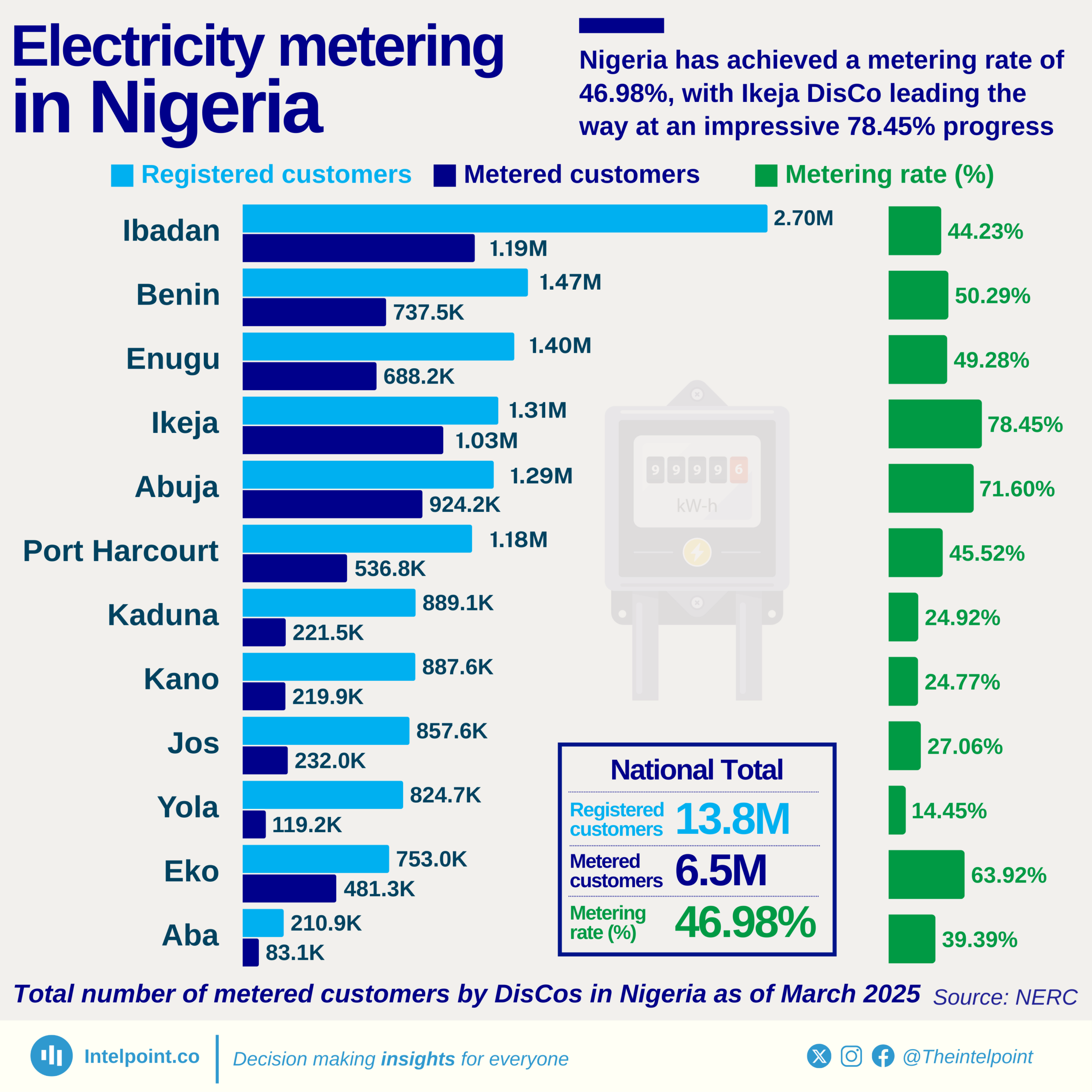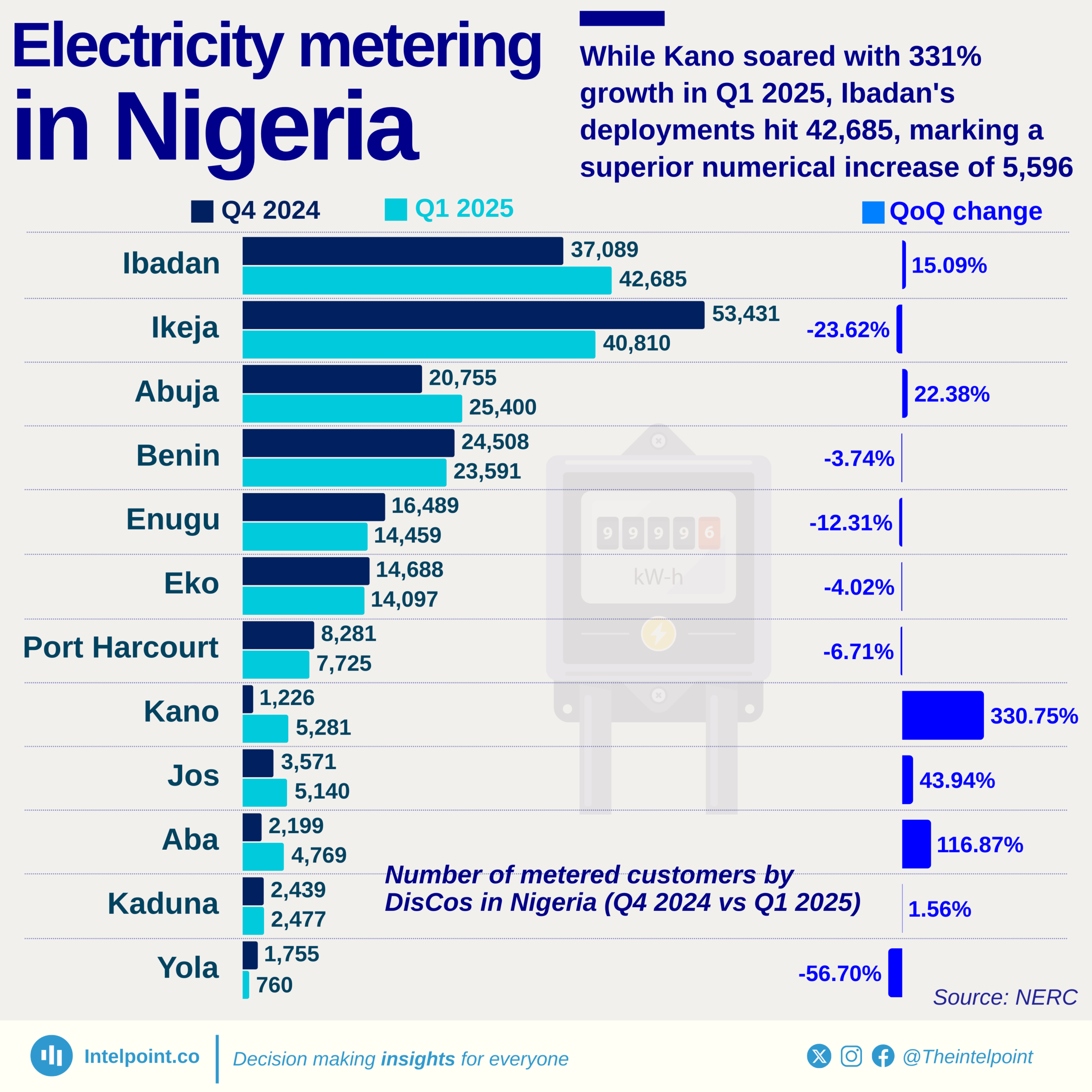Between 2000 and 2021, electricity supply in West Africa varied significantly across countries. Cape Verde experienced the most instability, with fluctuations between 2981.5 and 7692.9 kWh/person, while Ghana, Benin, Nigeria, and Mali also showed inconsistent supply. In contrast, The Gambia, Guinea-Bissau, Niger, Sierra Leone, and Guinea maintained more stable electricity, with minimal fluctuations in availability.





